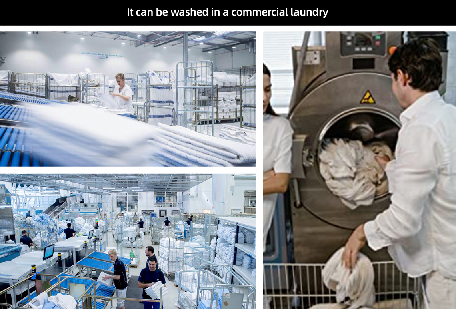In terms of maintenance, a 28cm fitted sheet is no more challenging than a regular one 28cm fitted sheet. Machine washable and often wrinkle-resistant, these sheets make laundry days a breeze. They retain their shape and color well, ensuring long-lasting use.
28cm fitted sheet. Machine washable and often wrinkle-resistant, these sheets make laundry days a breeze. They retain their shape and color well, ensuring long-lasting use.
...
2025-08-16 05:48
2334